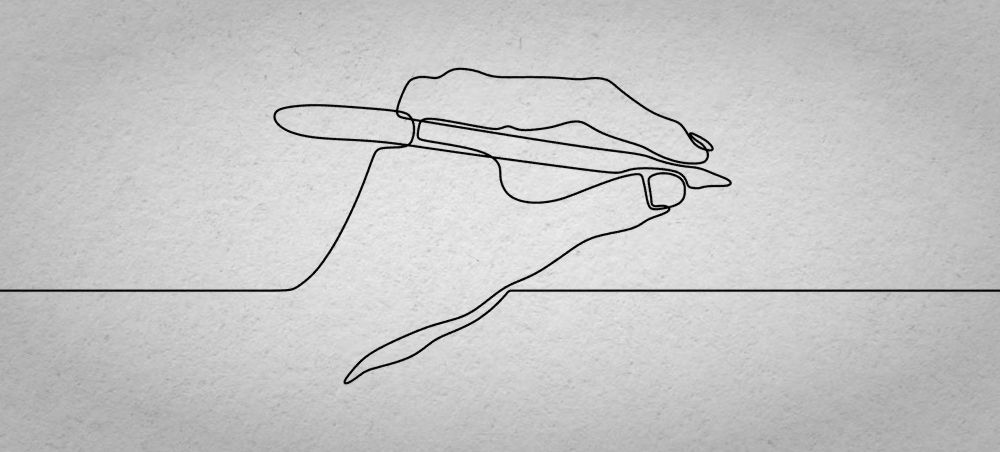
What on earth is "Plain Language"?
Ever picked up a book that was so jargon-laden, it could have been written in ancient Sumerian? You squint, you furrow, and yet, the meaning remains as elusive as my chances of becoming an Olympic gymnast (hint: none). If only the author had chosen to paint with a broader brush, to engage in what we call plain language.
Imagine language as a restaurant. Some spots are snooty and exclusive, where the menu is full of fancy, unpronounceable terms like "quenelle" or "amuse-bouche".
But then there are the good ol' diners where you can order a "burger and fries" without a second thought. Plain language is that diner - no frills, no pretense, just a straight-up, delicious experience.
Plain language is about communicating your ideas as clearly and succinctly as possible. It's like Usain Bolt; it gets to the point quickly and without fuss. No, it's not dumbed down language; it's just considerate.
It assumes your reader might be in a hurry, or perhaps, English isn't their first language. Or maybe they're not familiar with your specific subject matter, like your grandma trying to understand your fascination with NFTs.
In essence, plain language is the K.I.S.S. principle applied to writing (Keep It Simple, Stupid!)
But here's what it's not...
Now, I hear some of you saying, "But I love my thesaurus. It makes my writing sound sophisticated." Well, I hate to break it to you, but "utilize" doesn't make you sound smarter than "use". It just makes your reader wonder if they're reading a dissertation or a blog post.
Plain language isn't about showing off your vocabulary prowess. It's not about jargon, obscure words, or complicated sentence structures that would make even Shakespeare say, "What the heck?!" It avoids metaphors and allusions that might leave some readers scratching their heads. It’s about ensuring that your words are as clear and comprehensible as a traffic light.
How to use plain language to improve your writing
Alright, so how do you get into the plain language groove? Well, it's more art than science, but there are a few guidelines that might help:
Vocabulary:
Always opt for the simplest words. No one will be impressed with your use of "lugubrious" when "sad" would do just fine.
Sentence structure:
Keep your sentences short and sweet. Think of them as tweets, not lengthy email chains.
Transitions:
Make the relationship between ideas clear. If you're jumping from one point to another, give the reader a heads up.
Details:
Only include what’s necessary. Don’t make your reader wade through irrelevant details like you’re George R.R. Martin describing a feast.
Directness:
Write like you’re talking to your reader. It’s friendlier and more engaging.
Active Voice:
Where possible, use the active voice. Remember, Yoda was a beloved character, but you don’t want your sentences sounding like his.
Remember, these are just guidelines, not commandments etched in stone. Your ultimate goal is to make your writing as clear and accessible as possible.
Your action-guide to plain language
So, how do you make your writing plainer than a slice of white bread? Start by outlining your work with readability in mind.
Think of your outline as your roadmap, guiding you towards clearer, more straightforward communication. Order your points logically and stick to one main idea per paragraph. And remember, there's no shame in using bullet points—they're like the superheroes of readability!
Once you've vomited out your first draft—yes, I said vomited, because let's face it, first drafts are messy—take a step back. Better yet, take a nap, binge-watch that new Netflix show, or try to bake sourdough bread (again).
The idea is to give your brain a break so that you can return to your writing with fresh eyes.
Then, armed with a pot of coffee and a ruthless editing eye, go back through your work. Look for sentences that could be shorter or simpler, words that could be more straightforward, and ideas that could be clearer.
Remember, your job isn't done until even your grandma—or your five-year-old nephew—can understand what you're saying. And if you're still unsure, get a second opinion. A fresh pair of eyes can often spot confusion that you've become blind to.
Final thoughts...
Writing in plain language isn't about being bland or boring. It's about making sure your message is understood by as many people as possible. It's about respecting your reader's time and cognitive load.
And if you think about it, it's also a challenge to your creativity. How can you say something clearly and simply, without losing its essence?
In a world that's often complicated and confusing, plain language is a gift. It's the literary equivalent of a friend who tells it like it is, without any fluff or pretense. And at the end of the day, isn't that the kind of friend we all need?
So, the next time you sit down to write, remember to keep it simple. Because, in the immortal words of Albert Einstein, "If you can't explain it to a six-year-old, you don't understand it yourself."
Now, go forth and simplify!